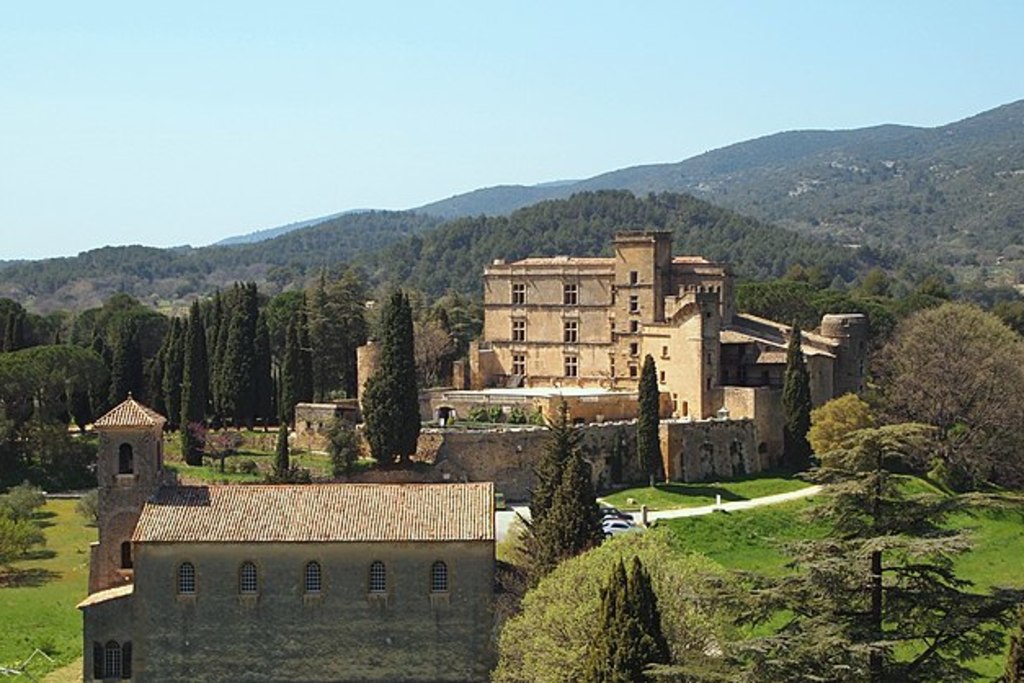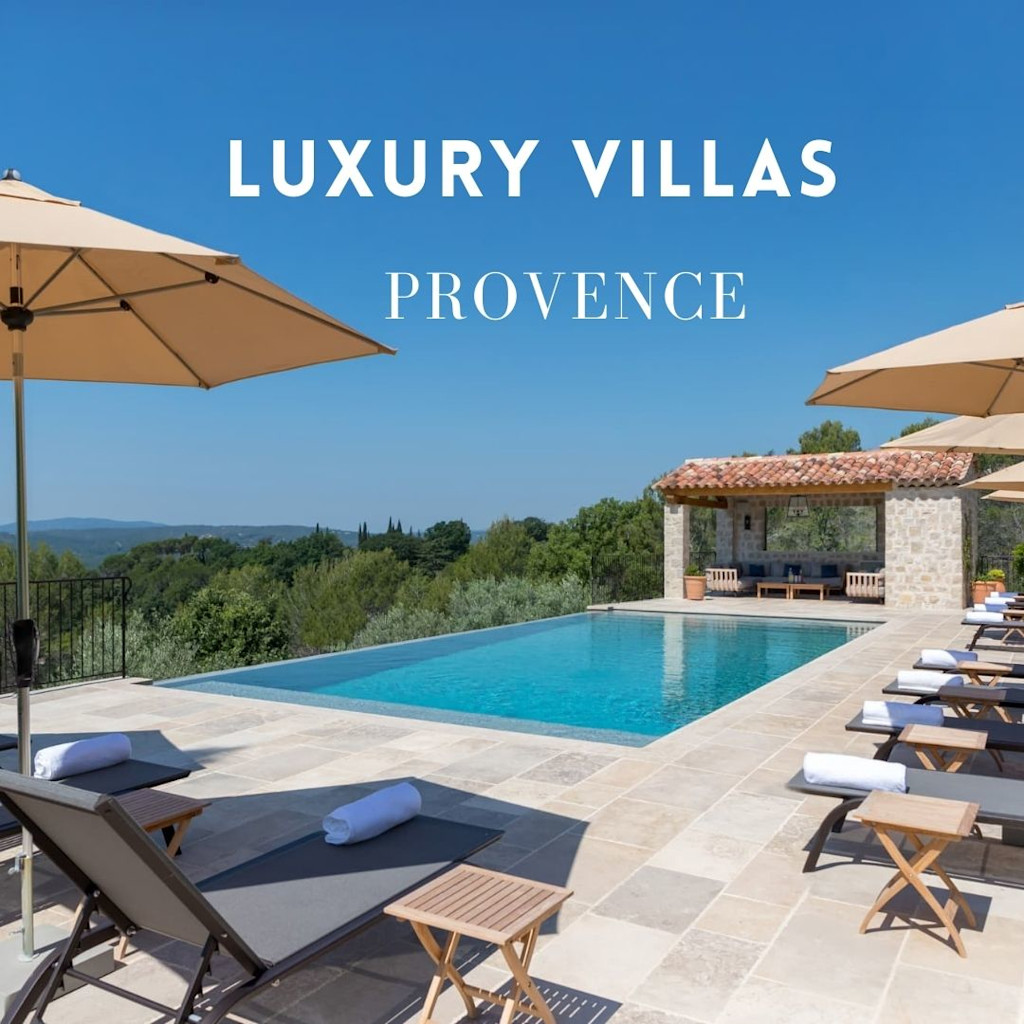
03 February 2024 | Tourism
Lourmarin, Provençal Harmony in the heart of the Luberon
In the heart of the rolling hills of the Luberon, you will find a pretty, beautifully preserved village, capturing the very essence of Provence: Lourmarin. With its narrow streets, its facades bathed in sunlight and its peaceful atmosphere, this Provençal village enchants visitors with its timeless charm and authenticity.
Lourmarin is renowned for its castle classified as a historic monument, but also for the famous people who lived and are buried there, such as Raoul Dautry, Albert Camus or Henri Bosco, Lourmarin is a very attractive tourist village. Lourmarin is heavily frequented in summer. The Friday morning market attracts a lot of people, and from May to September, it is difficult to park on the outskirts of the village, and to find space at the restaurant for lunch. If you want to enjoy Lourmarin in peace, quietly enjoying the charms of its streets, its shops and its terraces, it is better to avoid Fridays until 4 p.m., and weekends in the summer months.
The history
A village mainly made up of Vaudois and then Protestants, it was partially burned and destroyed during the Vaudois massacre in 1545. But it was gradually rebuilt to have its current profile.
In the 17th and 18th centuries, new manufacturing, artisanal and especially agricultural industries appeared: wheat, rye, olives, vines, blackberries, silkworms which generated factories for weaving silk, but also wool and linen. Moreover, it was Philippe de Girard, a native of Lourmarin, who invented the linen weaving loom...
The Square Fountain
It is the oldest fountain in the village, repaired and rebuilt many times between the 17th and 18th centuries. It was classified as a historic monument in July 1914.
The Fountain of the Three Masks
Offered to the village by the Laurent-Vibert Foundation, this fountain decorated with grotesque masks dates from 1937. For Henri Bosco, these heads represented important natural elements of the region: the Rhône, the Durance and the Luberon. These three heads can also recall three Greek deities: Neptune, god of water; Apollo, god of beauty and Pan: god of flocks and shepherds. However, no writing confirms this.
